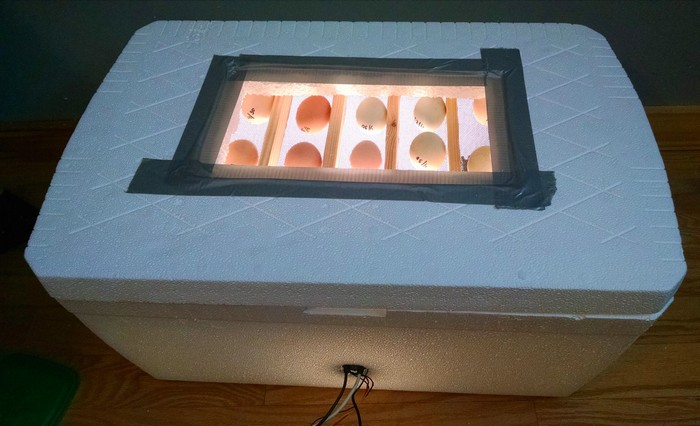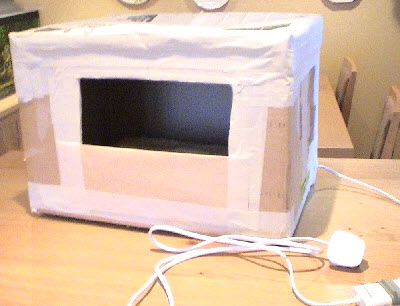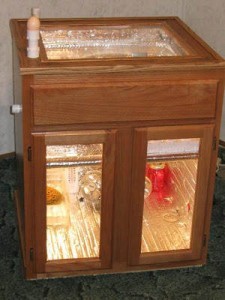

The majority all had several things in common: Humidity levels between 55% – 70% are considered acceptable, and 60% being optimal.Ī few weeks of researching kept bringing me back to Backyard and their collection of home made incubators.

Too high, and not enough liquid will evaporate, causing an air shortage inside and an over-sized chick with not enough leg room to get out of the shell during the hatch. Too low, and the chick will stick to the shell. Humidity determines how much of the egg evaporates while it is developing.

The commonly accepted “ideal” temperature is 99.5F. So, I decided to build one after looking at buying options.įor the “typical” farm birds (chicken, duck, quail, goose, pheasant, etc), temperatures ranging from 97F – 101F will work with varying levels of success. It was a good unit, but simply didn’t fit my needs. Twenty dollars is a good price point for me, but being a still-air unit, and its very limited capacity didn’t fit what I wanted.

On the other end of the scale is a model that includes a digital menu driven incubator calibrated from factory with digital temperature and humidity readout, high and low temperature alarm and includes an autoturn cradle….for around $400. Prices on incubators start at around $20 for a still-air unit that will hold approximately 3 chicken eggs, 4 pheasant eggs, 2 turkey or duck eggs, 8 quail eggs and is slightly larger than a softball. Anything to improve my odds was a good thing. The one with moving air tends to have a more uniform temperature, and therefore tends to have better hatch rates, all other things being equal. They are just as the names state, one pushes the air around, one doesn’t. There are two types of non-commercial incubators, still air and forced air. I wasn’t sure if I would use it enough to justify the price of one that offered the features I wanted, but I was sure that if I were to have one, it would have a fan on it. (The poor hen almost lost her mind one moring when “her babies” wading into the nearby stream like they weren’t afraid of water.) I’ve also used a bantam hen, a very small breed of chicken, to incubate quail eggs before I had an incubator. When I was a kid, we had a broody hen that hatched out a dozen duck eggs. I’ve heard of folks using crock pots, electric skillets, and my favorite method, an inter-species surrogate mother – in this case a bird used to hatch another species eggs. The truth came out almost immediately, but I would have probably let the eggs get incubated just to see the faces of the snake guys when birds popped out 😛Īlmost anything with a constant heat source that can maintain a certain temperature range can act as an incubator. Since I am on the topic of quail eggs, incubators, and snakes…this reminds me of a funny story involving quail eggs placed as though some rare-ish snake had laid them. Incubators are merely simulated mothers, offering the proper amount of heat and humidity to cause a fertile egg to develop into a baby bird, and to some extent reptiles also (though I PROMISE to never get into snake farming). Today we talk about incubators, hows and whys, commercial and DIY options, how I made mine, and the results I’ve had with it. Day two in Quail Week in celebration of finally getting my quail setup mostly organized, and at least moving forward.


 0 kommentar(er)
0 kommentar(er)
